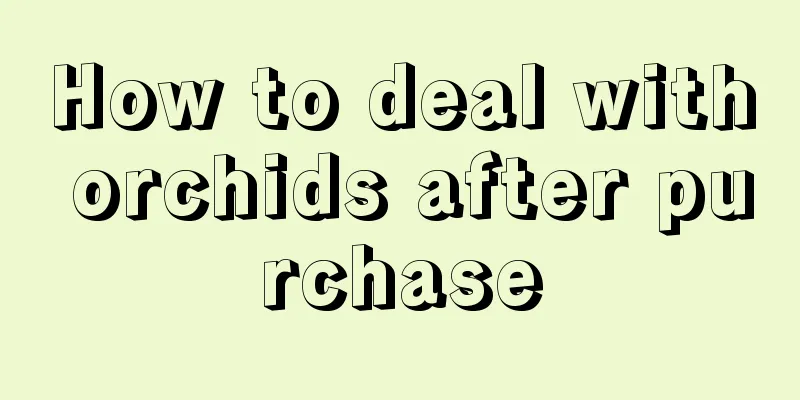Spider silk coil cultivation methods and precautions

Maintenance methodstemperatureThe suitable temperature for the growth of spider silk is 15℃-25℃. When the temperature is lower than 5℃, the spider silk will stop growing. Therefore, a certain temperature must be maintained during breeding. Soil preparationThe growth environment of spider silk requires good drainage of the soil, so you should carefully consider when choosing the soil. You should use peat mixed with perlite and then add cinders. The approximate ratio of these three is 1:1:1. In order to achieve the effect of ventilation and prevent the plants from contacting the soil surface, you can spread a layer of granular clean river sand on it. The size of the river sand should not exceed 5 mm. WateringSpider silk plant avoids humidity and heat, so the frequency of watering should be reduced, but the amount of watering should be gradually increased with the rise of temperature, following the principle of "water thoroughly only when the soil is dry, and do not water if it is not dry". FertilizationFertilization in spring should be mainly nitrogen fertilizer, supplemented by phosphorus and potassium fertilizers, and pay attention to applying small amounts of fertilizer frequently. It’s best to wait until spring temperatures stabilize before applying fertilizer. In the lower reaches of the Yangtze River, applying fertilizer around April can have a great effect. PrecautionsReproductionSpider silk silk tends to grow in groups, and its reproduction methods include sowing, division, and beheading. It is generally propagated by division. WateringWhen watering, do not water directly on the plant, but water in the soil to prevent the spider silk from falling off due to water. Also avoid pouring water on the inner core, which will cause rot inside the spider silk coil. illuminationSpring and autumn are the growing seasons, and full sun is acceptable. Summer is a dormant period, and ventilation and shade are needed. Water the edge of the pot every month. In winter, the soil in the pot should be kept dry and the temperature should be kept below zero degrees but not less than five degrees. |
<<: Methods and precautions for cultivating bromeliads at home
>>: How to raise a star beauty
Recommend
Is the green radish turning yellow? I’ll teach you a trick, it will be hard to get yellow!
1. Lack of water Symptoms: The leaf tips and edge...
How to grow parsley
1. Soil Parsley is best grown in loam or sandy lo...
How to grow purple-leafed Oxalis
1. Soil It likes fertile and moist soil, so the b...
How to cultivate and manage orange seedlings?
Orange is a widely grown citrus fruit with many v...
The best varieties of clematis
1. Magic Purple It is not only easy to grow, but ...
Why does the root of green radish rot and how to treat it
1. Why do roots rot? 1. Soil cultivation: For soi...
Precautions for watering azaleas, how often should you water azaleas?
1. Watering time The watering time is not fixed, ...
Plum blossom growth environment conditions and characteristics
Plum blossom growth environment conditions and re...
The difference between soft-branch yellow cicada and hard-branch yellow cicada
Soft-branched yellow cicada The soft-branched yel...
When is the best time to prune poplars?
Poplar pruning time The best time to prune poplar...
How many yellow-pi trees can be planted per acre?
Kumquat is one of the fruits in southern my count...
When does the yew blossom and bear fruit?
Conditions for yew to bloom and bear fruit If you...
How to water asparagus fern
The dangers of improper watering It can be said t...
Camellia's growing environment and local conditions
Camellia growth environment and conditions Camell...
Hops cultivation method
1. Maintenance methods 1. Temperature: Beer garde...









